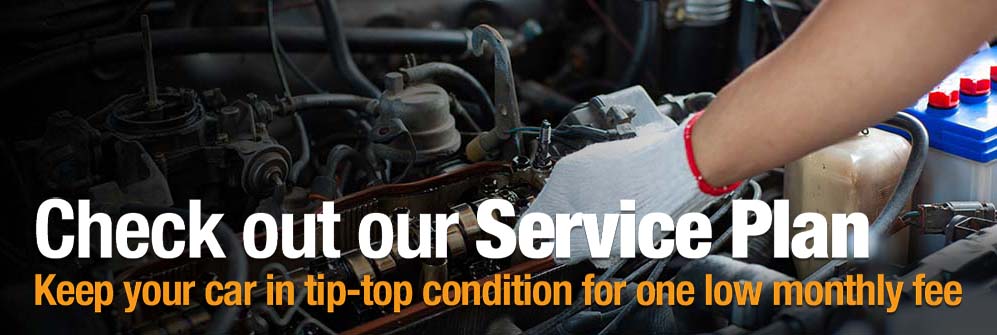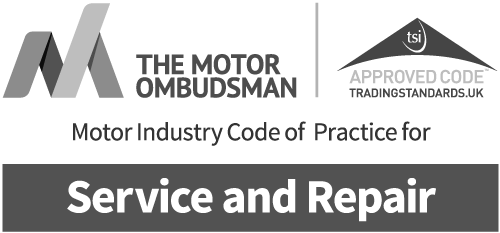What is a reinforced tyre?
Monday 27th September 2021
Just like the wide variety of makes and models of cars, there are different types of tyres to suit the different requirements of driving. If you regularly drive heavy loads and require strong road-handling, you may benefit from reinforced, or XL, tyres. You’ll not only notice less strain on your tyres, but you’ll also be able to travel for longer distances and experience less damage. In this expert guide, you’ll discover the key benefits of reinforced tyres, exactly how they differ from run flats, and what criticisms they face, too.
What does it mean if a tyre is reinforced?
Every car has a specific load index or load tolerance, which is a rating given by an independent technical tyre organisation which refers to the load-bearing pressure that the tyre is designed to carry. For example, a car like a Fiat 500 or a Mini won’t be under as much pressure as a van carrying heavy materials.
A reinforced tyre is a standard tyre that has been modified to increase its load capacity. Reinforced tyres have markings on the tyre sidewall, which usually say ‘XL’ or ‘Reinf’. The tyre's load capacity is printed alongside other code letters explaining the tyre size and maximum speed. As an example, in "225/55 R16 104V XL", "104" is the load index. Once you've found this, the next best step is to look in your vehicle manual to find out your vehicle's empty weight and the appropriate tyre inflations under various loads.
If tyres are reinforced, this means that they are stronger and more hard-wearing, particularly when put under additional strain. Meant for everyday driving, standard tyres tend to be marked ‘SL’ and this shows that they aren’t made to withstand heavy loads.
Things to be aware of with reinforced tyres
To maximise your tyre life and road safety, your tyres should have a load rating that is at least as high as those originally fitted to the vehicle. You can have a higher load rating, but going too low can be dangerous. You should also keep an eye on your tyre pressures as these are more likely to fluctuate when carrying heavy loads. Just like you would with SL tyres, remember to regularly carry out the essential safety checks for tyre pressure, tyre tread, tyre damage and tyre alignment.
Are reinforced tyres the same as run flat tyres?
No, they're two different types of tyres. The key difference is that run flats aren't designed to cope with the same load as reinforced tyres. While run-flats are reinforced themselves, this is to keep their shape if they lose pressure as a result of a sudden puncture on the road. Run flats allow you to continue driving safely even if your tyres are flat. However, you should only drive for a limited number of miles and at a limited speed. The idea is that you're able to drive safely to your local tyre centre and have your tyre replaced immediately.
Should I have reinforced tyres?
If you’re wondering whether reinforced tyres are for you, here are the key advantages and disadvantages to consider:
Advantages of reinforced tyres
- More hard–wearing – all car tyres contain plies made up of strong, heat-resistant fibres to enhance stability and ensure the tyre stays in place on the wheel rim without coming apart. With additional plies, reinforced tyres have a stronger internal structure than SL tyres, which means that they are less prone to damage if they collide with a pavement or hit a pothole.
- High durability – as long as you maintain the recommended load pressure that the tyres are intended for, reinforced tyres can travel for longer distances and generally last a lot longer than standard ones.
- Better stability and traction – reinforced tyres tend to be more rigid, which offers improved road-handling when you’re driving in wet or icy conditions. This increased grip makes it easier to turn, accelerate and decelerate with heavier loads – something that can’t be achieved with SL tyres.
Disadvantages of reinforced tyres
- Higher fuel consumption – using reinforcement may involve increasing the thickness of the face (under the tread) and shoulder of the tyre. This can lead to increased rolling resistance and greater fuel consumption. An increase of the tyre's weight and mass, which is usually involved in reinforcement, is another factor that can result in higher fuel consumption.
- Reduced comfort – while this is rare, modifying the tyres to make them reinforced could lower driving comfort in comparison to normal tyres.
- More road noise – as reinforced tyres are heavier and have a higher rolling resistance, this can result in more noise and road vibration.
At Formula One Autocentres, we think the benefits of reinforced tyres outweigh the cons. However, it’s important to remember that not everyone needs reinforced tyres. They’re ideal if you regularly travel with a significant load, as this can provide extra control that a SL tyre would not offer.
In the market for reinforced tyres? You can buy new car tyres online or locate your nearest Formula One Autocentres today for more information about reinforced tyres.















